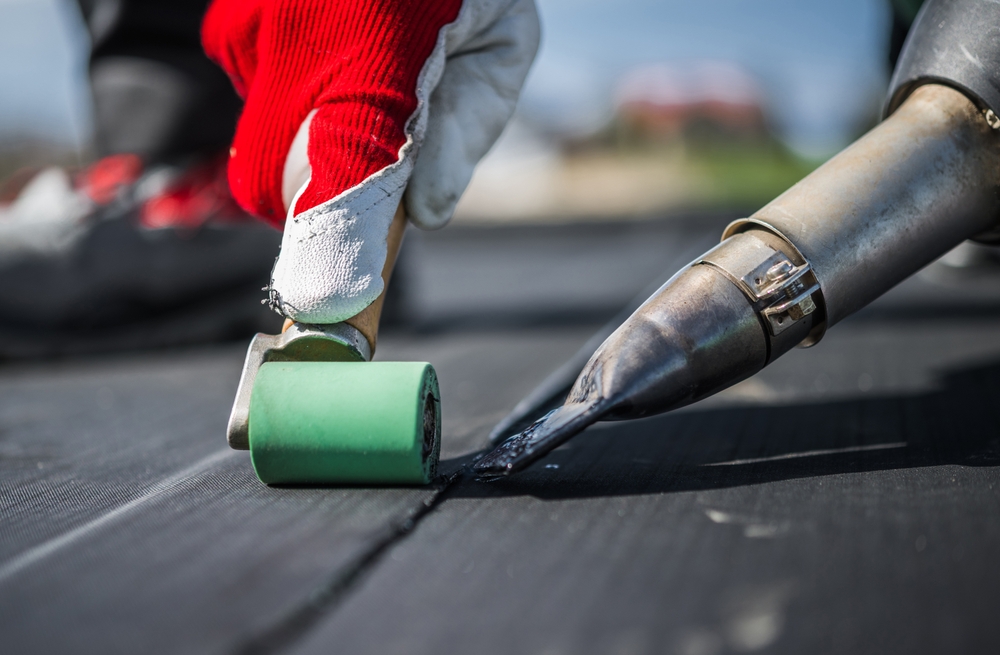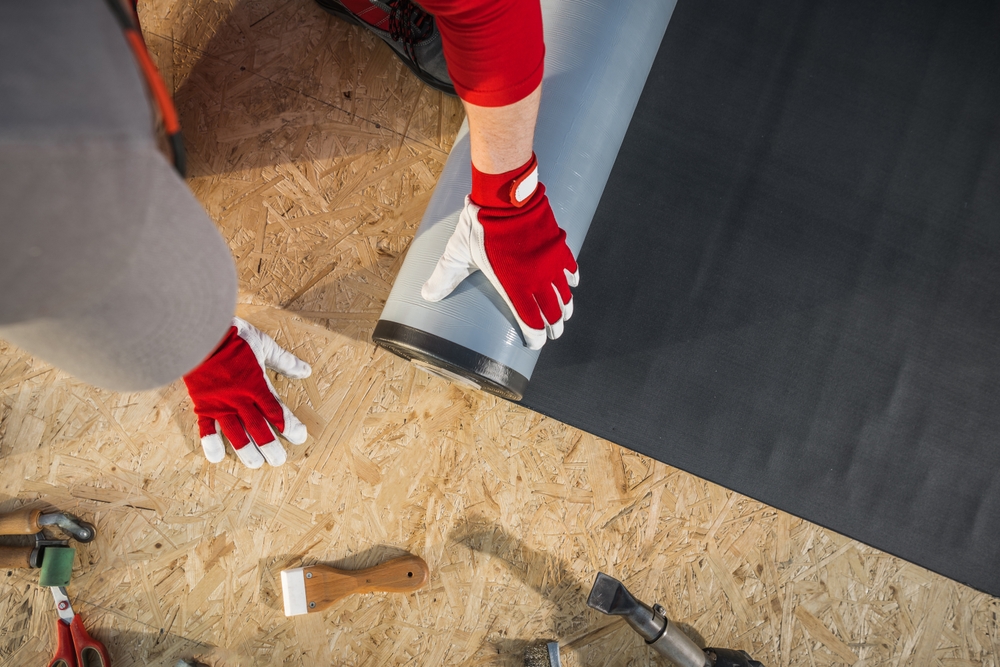The Ultimate Guide to Rubber Roof Repair in Boston
Rubber roofs are an excellent option for both residential and commercial properties due to their durability, cost-effectiveness, and weather resistance. However, like any roofing material, they are not immune to wear and tear. If you live in Boston MA, where the weather can fluctuate drastically, it’s essential to know how to maintain and repair your rubber roof to ensure it continues to protect your property. This guide will walk you through the basics of rubber roof repair, common issues, and how to get the most out of your roof.
Table of Contents
- Why Choose a Rubber Roof?
- Common Issues with Rubber Roofs in Boston
- Steps for Rubber Roof Repair
- When to Call a Professional for Rubber Roof Repair
- Preventive Maintenance for Rubber Roofs
- Relaxed Takeaways for Your Rubber Roof Care

Why Choose a Rubber Roof?
Before diving into repairs, let’s take a moment to explore why rubber roofs, often referred to as EPDM (Ethylene Propylene Diene Monomer) roofs, are a popular choice.
- Durability: Rubber roofs are highly resistant to cracking, splitting, and damage from harsh weather conditions.
- Cost-Effective: Compared to other roofing materials, rubber roofs are relatively inexpensive to install and maintain.
- Energy Efficiency: They can help reduce energy costs by providing good insulation and reflecting sunlight.
Easy Maintenance: With minimal maintenance, a rubber roof can last for decades.
Common Issues with Rubber Roofs in Boston
While rubber roofs are known for their longevity, several common issues can arise, especially in a place like Boston, where temperatures fluctuate drastically and severe weather is frequent.
A. Cracks and Punctures
Cracks and punctures are one of the most common issues with rubber roofs. These can occur due to extreme temperature changes, UV damage, or sharp objects on the roof.
Solution: Cracks and punctures can be patched with rubber roofing cement or a rubber roof patch kit. For larger holes, it may be necessary to replace sections of the roofing membrane.
B. Ponding Water
Flat rubber roofs are particularly vulnerable to ponding water, where rainwater accumulates and doesn’t drain properly. Standing water can lead to membrane damage and leaks.
Solution: Regular maintenance and proper drainage systems can help prevent ponding. If ponding occurs, a roofing professional may need to regrade the roof or install additional drainage solutions.
C. Shrinkage
Over time, rubber roofing can shrink due to exposure to UV rays and temperature fluctuations, especially in Boston’s harsh winters and hot summers. This can lead to gaps between seams or edges.
Solution: If you notice shrinkage, it’s important to call a professional. Shrinkage often requires resealing or even replacing the membrane to avoid leaks.
Steps for Rubber Roof Repair
When it’s time to repair your rubber roof, here are the basic steps that are typically involved:
1. Inspect the Roof: The first step is a thorough inspection to identify the extent of the damage. Look for visible signs like cracks, holes, or areas where water has pooled. Pay attention to the seams and flashing, as these are often the most vulnerable areas.
2. Clean the Area: Before beginning any repairs, clean the affected area. Remove any dirt, debris, and water to ensure a proper seal when applying patches or roofing cement.
3. Apply the Repair Material: For small cracks and punctures, a rubber roof patch or roofing cement is usually sufficient. For larger damage, you may need to replace a section of the rubber membrane. Apply the patch or sealant carefully, ensuring it adheres to the surface securely.
4. Inspect the Repair: After the repair material has dried, inspect the area again to make sure there are no gaps or loose edges. If you apply a patch, ensure that it is fully bonded to the roof.

When to Call a Professional for Rubber Roof Repair
While minor repairs can be done yourself, there are times when it’s best to contact a professional roofing company. Consider calling a professional for repair if:
- The damage is extensive or covers a large area of the roof.
- The roof is older, and you’re unsure whether a repair will be effective long-term.
- You don’t have the tools or experience to perform a proper repair.
- You notice structural issues or signs of water damage inside your property.
Professional roofers in Boston, like those at Roofers Repair Near Me, can assess the damage and provide an effective solution tailored to your needs.
Preventive Maintenance for Rubber Roofs
Regular Inspections: Schedule an annual inspection to identify any signs of wear and tear before they become major problems.
Clear Debris: Keep the roof free of debris such as leaves, branches, and dirt that can trap water or damage the membrane.
Check the Drainage System: Ensure that gutters and downspouts are free from clogs to allow water to flow off the roof properly.
Apply Protective Coatings: Consider applying a reflective coating to reduce UV damage and extend the life of your roof.
Relaxed Takeaways for Your Rubber Roof Care
Rubber roofs are an excellent choice for protecting your home or business, but like any roofing material, they require proper maintenance and timely repairs. By understanding the common issues that can affect your rubber roof in Boston’s challenging weather, you can take steps to prevent costly damage and ensure its longevity. Whether you need a small repair or a complete roof inspection, Roofers Repair Near Me in Boston MA is here to help. Contact us today for expert rubber roof repairs and maintenance to keep your roof in top condition.